Types of Medical Gases Used in Hospitals and Their Importance
Medical gases play a crucial role in modern healthcare, offering life-saving support and diagnostic assistance in various treatments and procedures. Understanding the types of medical gases used in hospitals and their importance helps ensure the safety and well-being of patients.
1. Oxygen (O₂)
Role:
Oxygen is the most widely used medical gas, vital for resuscitation and inhalation therapy. It is often administered in high concentrations to patients with respiratory conditions, during surgeries, and in emergencies.
Importance:
It ensures that patients receive adequate oxygen levels, particularly in cases of respiratory failure, trauma, or critical illness. Without oxygen, vital organs can suffer damage, leading to life-threatening complications.
2. Nitrous Oxide (N₂O)
Role:
Commonly referred to as “laughing gas,” nitrous oxide is used as an analgesic and anesthetic, especially during dental procedures and minor surgeries. It provides both sedation and pain relief.
Importance:
Nitrous oxide offers rapid pain relief and is non-invasive, making it ideal for short, less invasive procedures. It reduces the need for stronger anesthetics, speeding up patient recovery time.
3. Medical Air
Role:
Medical air, typically delivered at pressures of 4 bar or more, is a clean, compressed, and purified form of air used in mechanical ventilation and resuscitation. It differs from regular atmospheric air due to its strict purity standards.
Importance:
It provides safe breathing air to patients in need of respiratory support, such as those on ventilators, without exposing them to impurities found in ambient air. Medical air is also vital in neonatal care.
4. Carbon Dioxide (CO₂)
Role:
Carbon dioxide is often used during surgical procedures like insufflation in laparoscopy. It helps expand body cavities, providing surgeons with a clearer view and more space to work.
Importance:
CO₂ assists in creating a safe working environment during surgeries and is also used in cryotherapy for removing skin lesions. Its controlled use during procedures minimizes risks associated with other gas types.
5. Helium (He)
Role:
Helium is used in combination with oxygen (Heliox) to manage severe airway obstructions. Its low density allows it to pass through constricted airways with less resistance, helping patients breathe easier.
Importance:
Heliox therapy helps reduce airway resistance and improve oxygen delivery, especially in patients with conditions like asthma, chronic obstructive pulmonary disease (COPD), or bronchiolitis.
6. Nitrogen (N₂)
Role:
Nitrogen is used to power surgical instruments and to remove warts, skin tags, and other skin imperfections in cryosurgery. It is also used in the storage and preservation of biological samples, including blood, sperm, and eggs.
Importance:
Nitrogen is crucial for both medical procedures and the safe preservation of biological materials, making it essential in surgical settings and biobanks.
7. Medical Vacuum
Role:
While not a gas, medical vacuum systems are crucial for suctioning fluids from the body during surgeries or after trauma. They are also used to ensure proper ventilation for patients unable to clear their airways.
Importance:
Medical vacuums prevent fluid buildup, enabling a clear surgical field, and help clear a patient’s airway, reducing the risk of asphyxiation or infection.
Conclusion
Each type of medical gas serves a unique and essential function in hospital settings, whether it’s aiding in surgeries, supporting patients with respiratory issues, or managing pain. The safe and regulated use of these gases ensures that hospitals can provide effective and life-saving care to patients. Understanding their applications and significance is crucial for healthcare professionals aiming to deliver the best possible outcomes.
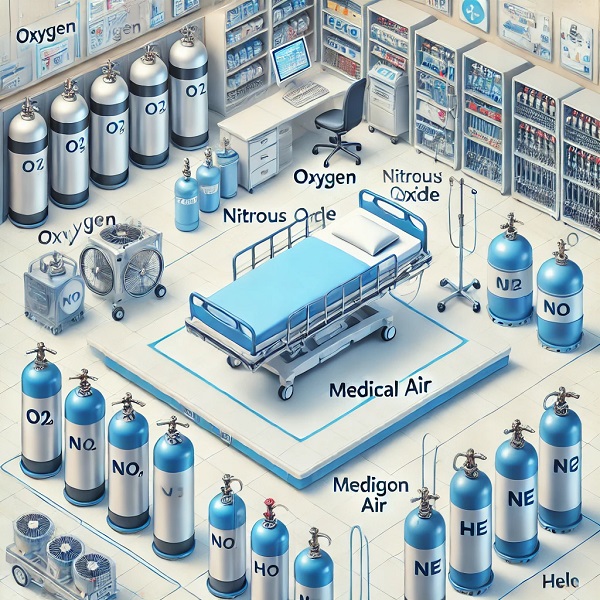
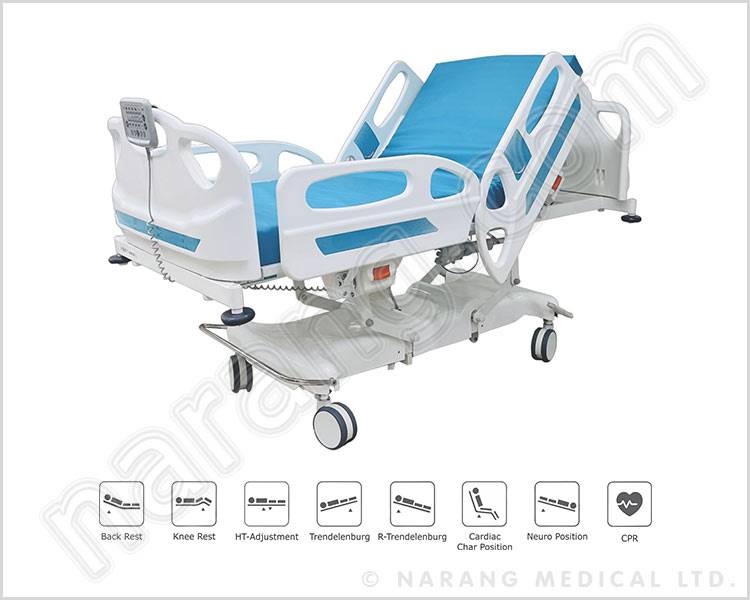
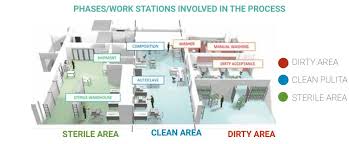
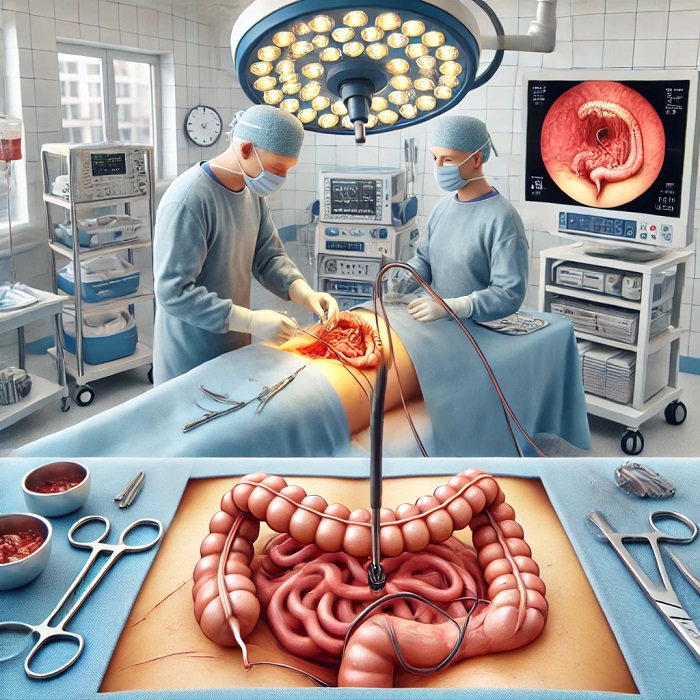


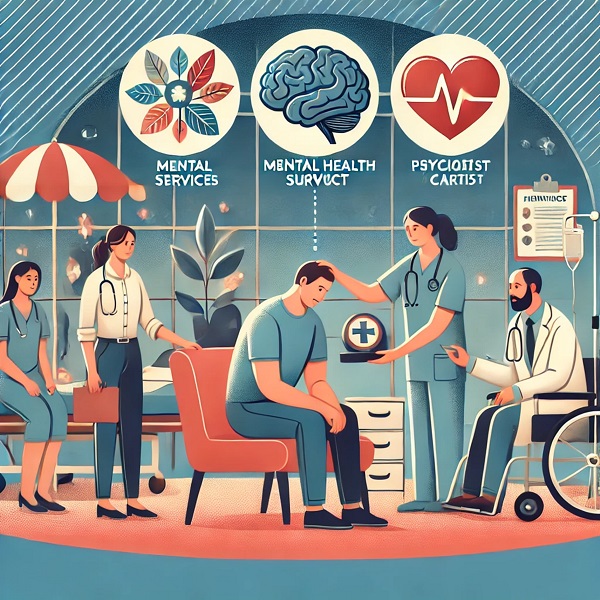
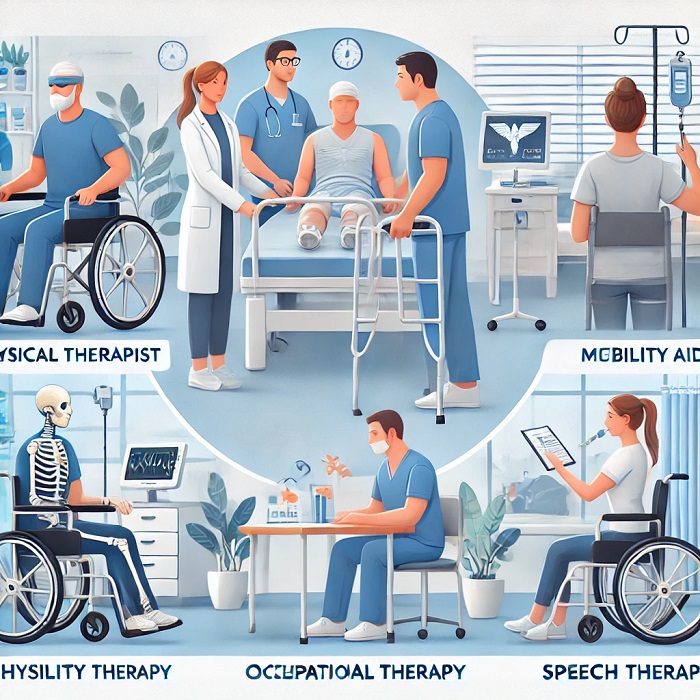
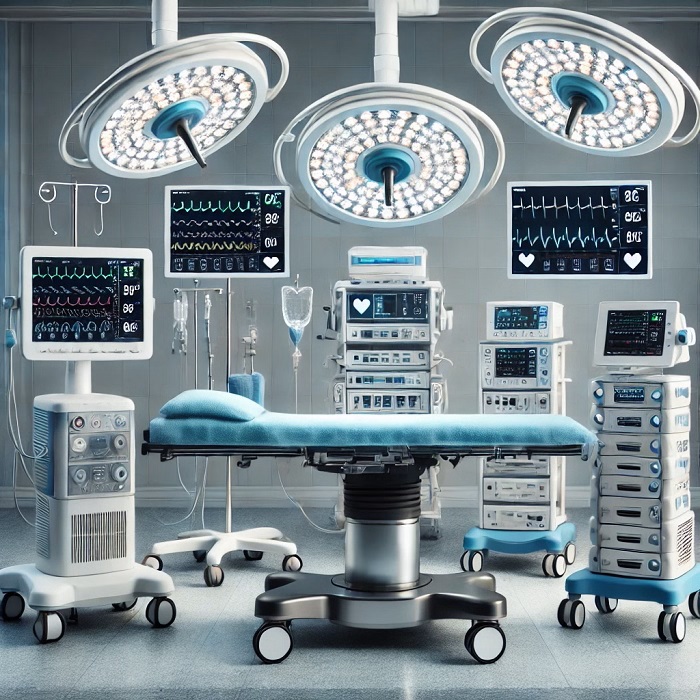



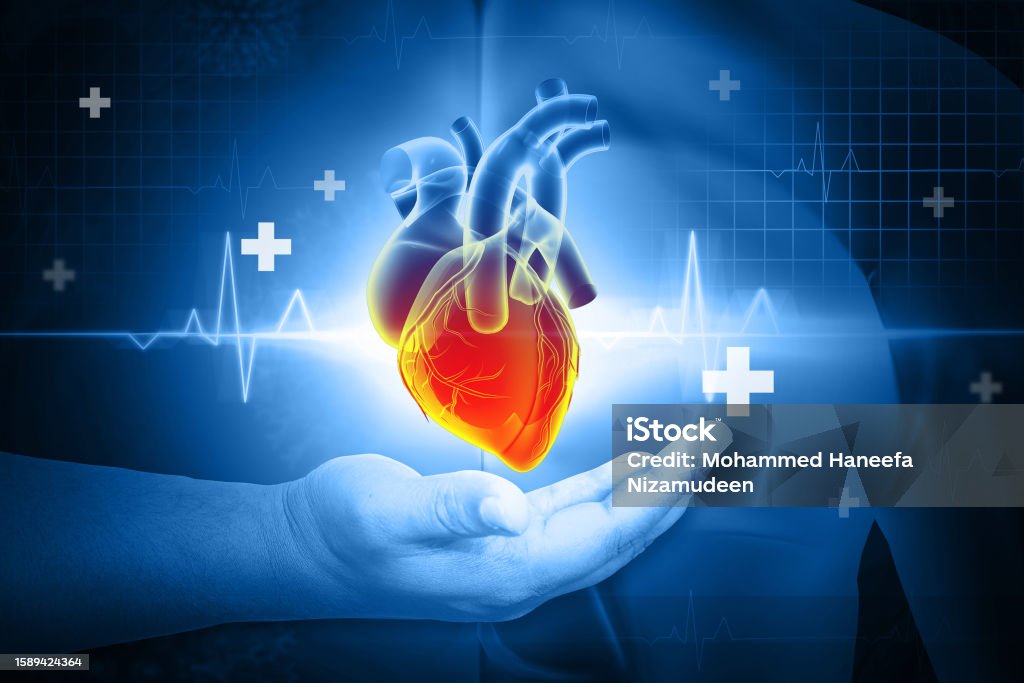

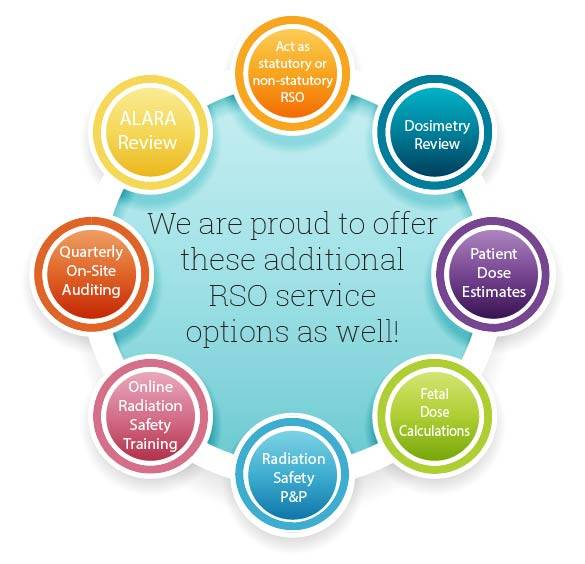
Leave a Reply